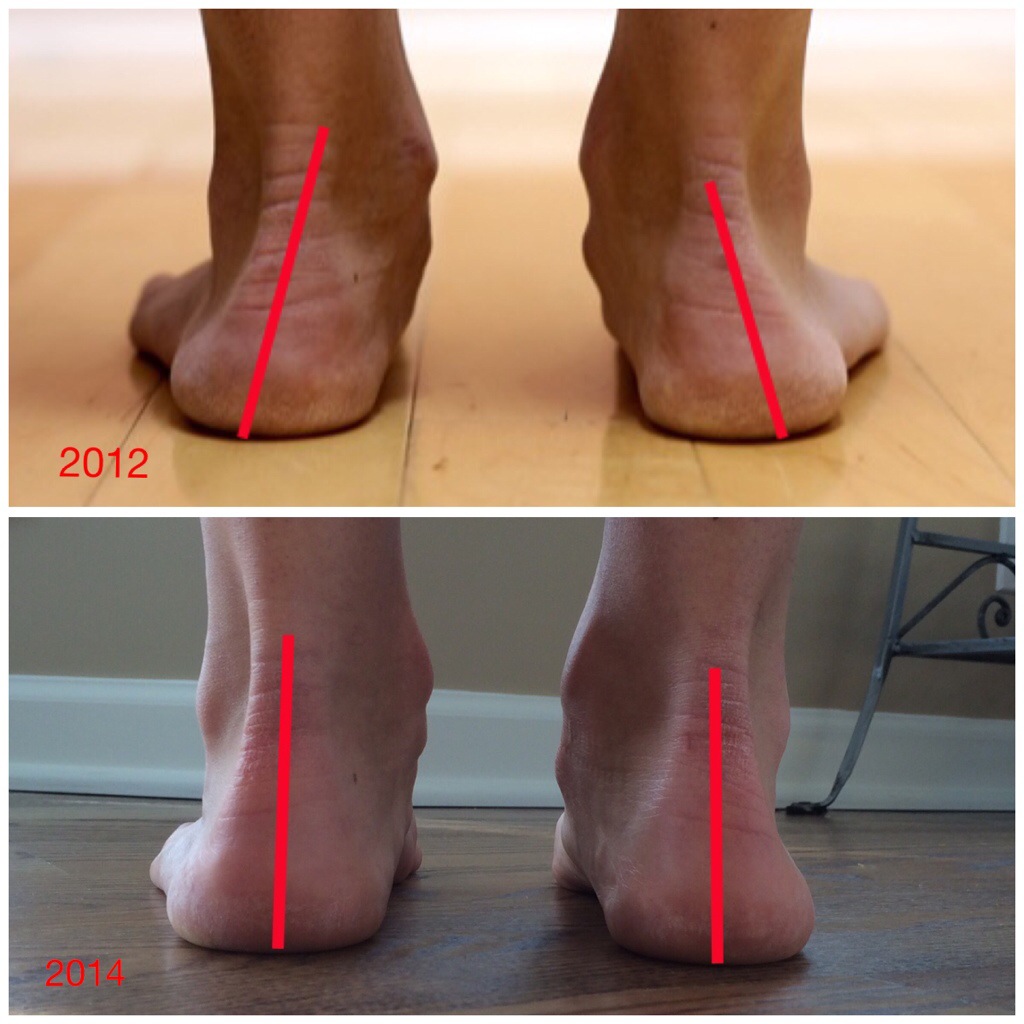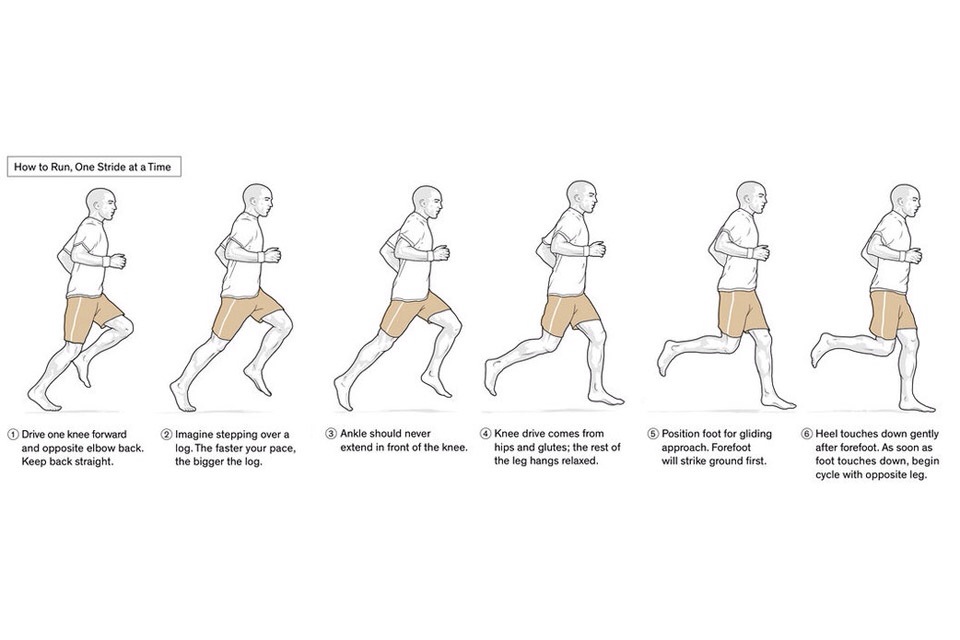Running form and plantar fasciitis. Shoes can’t fix an injury.
Haven’t had a chance to make any well thought out posts lately. I’ve been testing a lot of shoes and been working on some new posts as well as videos for my web site which will also be featured in my blog.
In the meantime here are some thoughts that were shared with a friend suffering from plantar fasciitis who was questioning about shoes and orthotics to help resolve their heel pain.
Poor form is independent of shoe gear. Someone can run with poor form in either type of shoe. Just because you have cushion, arch support, and a firm shoe doesn’t mean you will have an efficient gait pattern. The trend is that people will tend to heel strike, or land on an outstretched leg with their center of gravity behind the foot which is inefficient. This is harder to do with less shoe but you could still be stuck in that pattern. That’s the whole idea of running without shoes. It teaches one to land lightly and efficiently. Obviously you then run with a shoe on but once you develop a more efficient stride you will depend less on the shoe. So, bottom line, if you have an inefficient gait wearing an orthotic and rigid shoe will not make a difference. It can, but there is no scientific evidence to support it. It’s very haphazard. If shoes were the answers to everyone’s problem we would not see this epidemic of plantar fasciitis and overuse injuries that we do. Anywhere from 27-70% of runners get injured each year.
Something else to consider is pace. If your running hard with an injury you will magnify the damage to your injury. Even though my marathon pace is a 9:00 mile, my half marathon pace is 7:40 and my 5k pace is a 6:50 mile I still run a lot of my easy runs at 10:30 to 11:00 mile pace on recovery days. If you push the pace and your injured, you can continue to aggravate and injury. You may think you’re going easy but are you? Lots to think about!!
Bottom line, I never advise my patients to rely on shoes to resolve an injury. With that said, their are some shoes I would recommend for a recovery day to walk around in or do an easy run in. The maximalist shoes such as the Hoka One One are getting a lot of attention now. I have tried them and will be reviewing them shortly. I can only say that I would wear them to work to see patients or around the house but can not run in them. They are kind of like a cam walker shoe, but I can see how some could run in them. Just not me. I do wear some cushioned shoes for recovery days like the Skechers GOMeb, Newton Gravity and a few others, but I am not relying in the shoe.
Stay tuned for some more shoe posts this week!!
Related Posts
-
 A trick for standing up your Christmas Tree
No Comments | Nov 23, 2012
A trick for standing up your Christmas Tree
No Comments | Nov 23, 2012 -
 Vivobarefoot Men’s Drake Casual Shoe Review
2 Comments | Oct 10, 2015
Vivobarefoot Men’s Drake Casual Shoe Review
2 Comments | Oct 10, 2015 -
 Top 10 Myths of Barefoot Running by Dr. Campitelli
No Comments | Aug 14, 2012
Top 10 Myths of Barefoot Running by Dr. Campitelli
No Comments | Aug 14, 2012 -
 Two year long case study demonstrating an increase in arch height from running in minimalist shoes.
226 Comments | Apr 12, 2014
Two year long case study demonstrating an increase in arch height from running in minimalist shoes.
226 Comments | Apr 12, 2014
About The Author
Dr. Nick Campitelli
Dr. Campitelli is a podiatrist in Akron, OH specializing in foot and ankle surgery with an interest and enthusiasm for running as well as helping runners with injuries. For the past several years he has been treating running injuries in patients by fixing their form and transitioning them to minimalist shoes. Having treated runners with all types of injuries through conservative measures with orthotics and shoe gear changes to reconstructive foot and ankle surgery, Dr. Campitelli has brought what works best and is most current to his practice as well as the Akron and Cleveland running communities.




Love it.
Very useful, often people treat the symptoms not the problems.